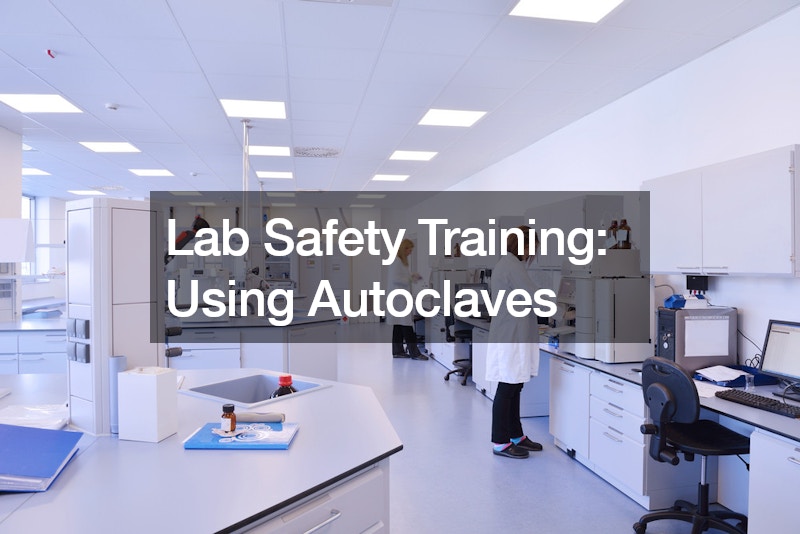In this YouTube video, the speaker goes over the proper training involving the use of autoclaves. It’s important to ensure all personnel operating the autoclave are adequately trained on its use, including safety protocols and emergency procedures. Wear appropriate PPE such as lab coats, gloves, and safety goggles to protect against potential exposure to heat, steam, and chemicals.
Arrange items to be sterilized in the autoclave according to manufacturer guidelines. Avoid overcrowding to ensure proper steam penetration and thorough sterilization.
Only use autoclave-safe materials and containers that can withstand the high temperatures and pressure of the autoclave without melting or breaking. Ensure proper ventilation in the autoclave area to prevent the buildup of steam and heat. Follow manufacturer recommendations for ventilation systems. Regularly inspect autoclave seals and gaskets for wear or damage. Replace them as needed to maintain a proper seal and prevent leaks.

Monitor the temperature and pressure throughout the autoclave cycle to ensure that sterilization conditions are met. Follow manufacturer guidelines for cycle parameters. Allow the autoclave to cool down completely before opening it after the sterilization cycle. Use caution when handling hot items or releasing steam. Familiarize yourself with the emergency shutdown procedures in case of malfunction or other safety concerns. Know how to safely abort a sterilization cycle if necessary.
Handle sterilized items with care to avoid burns or injuries. Allow items to cool before removing them from the autoclave chamber. By following these safety tips, you can ensure the safe and effective use of your lab’s autoclave and autoclave sterilizer.






